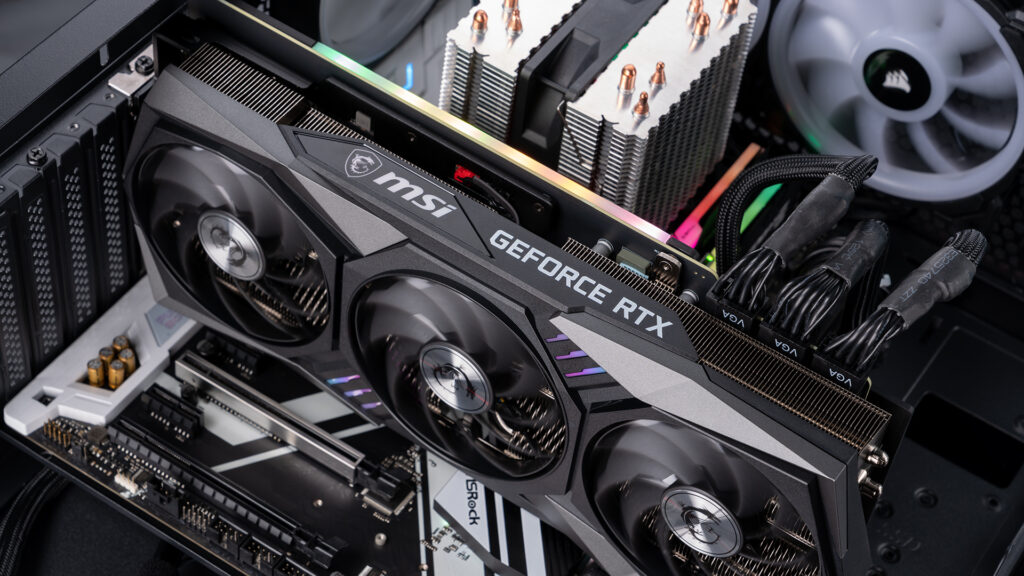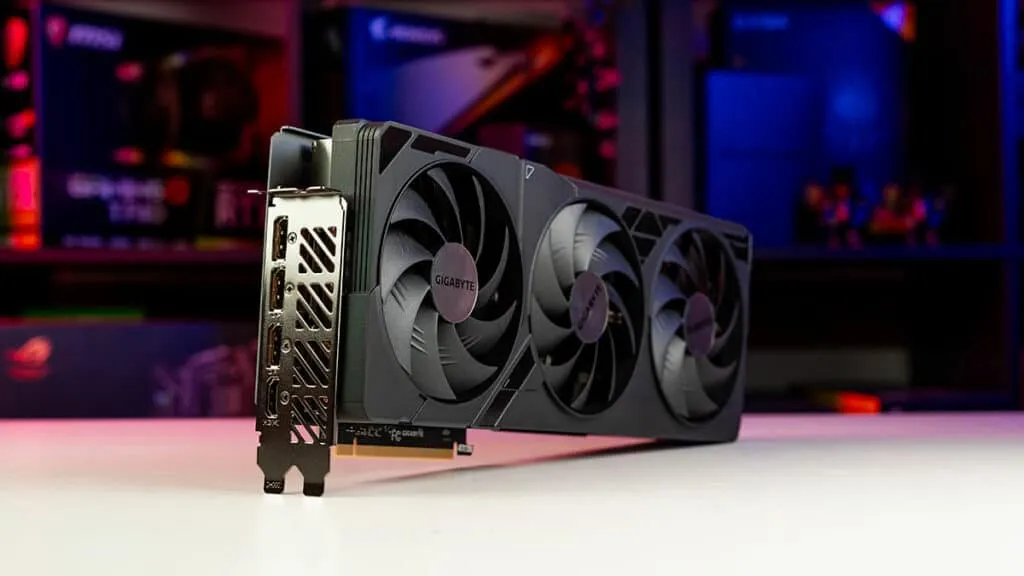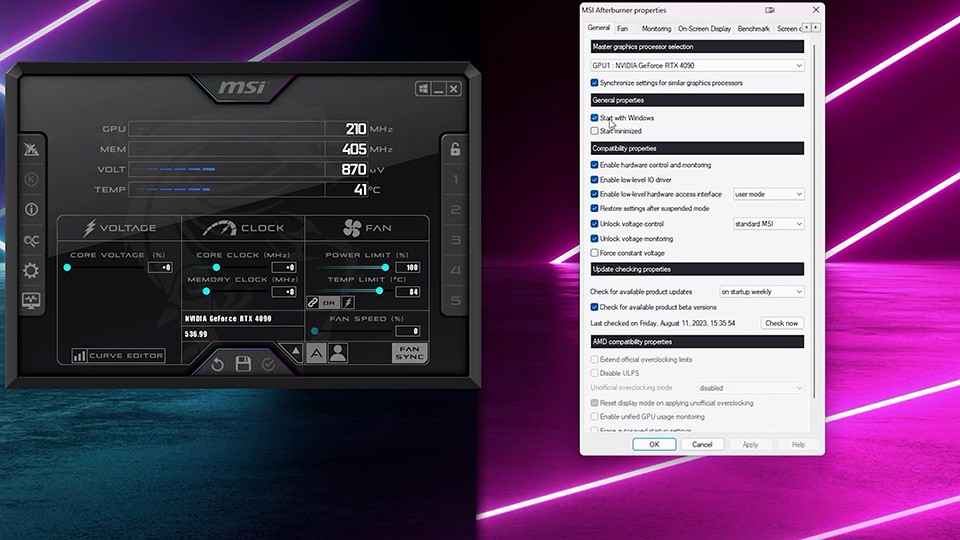Yes, GPU brands do matter. They can significantly impact performance, cooling, build quality, software support, and overall user experience.
Introduction:
In the world of computer hardware, graphics processing units (GPUs) are crucial for delivering high-quality visuals and performance, especially for gaming, video editing, and other graphics-intensive tasks. When it comes to choosing a GPU, the brand can be a significant factor. But how much do GPU brands really matter? This article delves into the importance of GPU brands and what you should consider when making a purchase.
The Role of GPU Brands:

GPU brands play a critical role in the overall quality, performance, and reliability of your graphics card. Major brands like NVIDIA and AMD are renowned for their cutting-edge technology and innovation in the GPU market. These companies design the GPU chips, which are then used by various manufacturers to produce the final graphics cards.
Performance Differences:
One of the most significant reasons why GPU brands matter is performance. Different brands and models can offer varying levels of performance even if they are based on the same GPU chip.
For instance, an NVIDIA RTX 3080 from ASUS might perform slightly differently compared to an RTX 3080 from MSI due to differences in cooling solutions, clock speeds, and overall build quality.
Benchmark Comparisons:
Benchmark tests can provide a clear picture of how different brands’ GPUs perform. These tests measure various aspects of a GPU’s capabilities, including frame rates in games, rendering times, and power efficiency. For example, while one brand’s GPU might excel in gaming performance, another might be better suited for tasks like video editing or 3D rendering. Websites like Tom’s Hardware and TechPowerUp regularly publish comprehensive benchmark results that can help you compare the performance of GPUs from different brands.
Also Read: Runtimeerror: No GPU Found. A GPU Is Needed For Quantization. – A Comprehensive Guide!
Cooling Solutions:
Cooling is a vital aspect of GPU performance and longevity. Different brands implement various cooling solutions, ranging from single-fan designs to elaborate multi-fan and liquid cooling systems. A well-cooled GPU can run at higher speeds without throttling, offering better performance and stability.
Brands like ASUS, MSI, and EVGA are known for their advanced cooling solutions that help maintain optimal GPU temperatures under heavy loads.
Air Cooling vs. Liquid Cooling:
There are two main types of cooling solutions: air cooling and liquid cooling. Air-cooled GPUs use fans and heatsinks to dissipate heat, while liquid-cooled GPUs use a combination of liquid coolant and radiators.
Air cooling is more common and usually sufficient for most users, but liquid cooling can provide superior cooling performance, especially for overclocked GPUs. Some brands, such as ASUS with their ROG Strix series, offer hybrid cooling solutions that combine both air and liquid cooling technologies.
Build Quality and Durability:

The build quality of a GPU can significantly impact its lifespan and performance. High-quality components, robust power delivery systems, and sturdy construction are hallmarks of reputable brands.
Brands like Gigabyte, ASUS, and EVGA often use premium materials and rigorous testing processes to ensure their GPUs are durable and reliable.
Component Quality:
High-quality capacitors, MOSFETs, and other electronic components can enhance a GPU’s stability and longevity. Brands like EVGA and ASUS are known for using top-tier components in their high-end models, which can withstand higher temperatures and prolonged use without degrading.
Software and Support:
Another crucial factor to consider is the software and customer support provided by the GPU brand. Many brands offer proprietary software for monitoring and tweaking GPU performance, such as MSI Afterburner, ASUS GPU Tweak, and EVGA Precision X1.
Additionally, brands with strong customer support can provide better assistance in case of issues or RMA (Return Merchandise Authorization) processes.
Software Features:
Proprietary software can offer features such as overclocking tools, fan control, and performance monitoring. For example, MSI Afterburner allows users to overclock their GPU, adjust fan speeds, and monitor temperatures and voltages in real-time. Such software can be invaluable for enthusiasts looking to optimize their GPU’s performance.
Also Read: Is PNY A Good GPU Brand – Exploring Reputation and Reliability!
Price and Value:
While top-tier brands often come with a higher price tag, they may offer better value in terms of performance, features, and reliability.
However, some lesser-known brands can provide competitive performance at a lower cost. It’s essential to balance your budget with your performance and feature needs when choosing a GPU.
Budget Options:
Brands like Zotac and Palit often offer budget-friendly GPUs that provide solid performance without the premium price tag. While these brands may not offer the same level of features or build quality as high-end brands, they can be an excellent choice for gamers and professionals on a budget.
Brand Reputation:
Reputation matters in the tech industry, and GPU brands are no exception. Brands with a solid reputation have earned trust through consistent performance, quality, and customer satisfaction.
Researching customer reviews, expert opinions, and benchmarks can help you gauge a brand’s reliability and performance track record.
Customer Reviews and Expert Opinions:
Reading customer reviews on websites like Amazon or Newegg can provide insights into the real-world performance and reliability of a GPU. Additionally, expert reviews from tech websites like AnandTech or Hardware Canucks can offer in-depth analysis and benchmarks that help you make an informed decision.
Overclocking Potential:

For enthusiasts looking to squeeze extra performance out of their GPUs, overclocking potential is a key consideration. Brands like ASUS, MSI, and EVGA often offer GPUs with higher factory overclocks and enhanced cooling solutions that can support further manual overclocking. These models are designed to handle the additional stress and heat generated by higher clock speeds.
Factory Overclocked Models:
Some brands release factory overclocked models, which are pre-tuned to run at higher speeds than the reference design. These models often come with improved cooling solutions and higher-quality components to ensure stability and performance at higher clock speeds. For example, the MSI Gaming X Trio series and ASUS ROG Strix series are known for their factory overclocked models.
Aesthetic and Design:
While performance is paramount, the design and aesthetics of a GPU can also be important for those building a visually appealing PC. Brands offer various designs, RGB lighting options, and color schemes to match different build themes.
For example, ASUS ROG Strix and MSI Gaming X series are known for their striking designs and customizable RGB lighting.
RGB Lighting and Customization:
Many modern GPUs come with RGB lighting that can be customized to match your PC’s color scheme. Software like ASUS Aura Sync or MSI Mystic Light allows users to synchronize the RGB lighting of their GPU with other components, creating a cohesive and visually stunning build.
Also Read: Is VR CPU Or GPU Intensive – Understanding the Balance!
Compatibility and Connectivity:
Another important factor to consider is the compatibility and connectivity options offered by different GPU brands. Ensure that the GPU you choose is compatible with your motherboard, power supply, and case. Additionally, check the available ports to make sure they meet your display and peripheral needs.
Power Requirements:
High-end GPUs often require additional power connectors and a robust power supply. Brands like EVGA and Gigabyte provide detailed specifications on power requirements, ensuring that you can adequately power your new GPU without issues.
FAQ’s:
1. Do different GPU brands offer varying performance levels?
Yes, different GPU brands can offer varying performance levels even with the same GPU chip due to differences in cooling solutions, clock speeds, and build quality.
2. Why is cooling important for GPUs?
Cooling is vital because it helps maintain optimal GPU temperatures, preventing throttling and ensuring stable performance under heavy loads.
3. What should I consider about a GPU brand’s reputation?
A brand’s reputation is important as it reflects consistent performance, quality, and customer satisfaction. Researching reviews and expert opinions can help gauge reliability.
4. How do proprietary software and customer support affect GPU choice?
Proprietary software allows for performance monitoring and tweaking, while strong customer support ensures better assistance in case of issues, enhancing overall user experience.
5. Are budget-friendly GPU brands worth considering?
Yes, budget-friendly brands like Zotac and Palit can offer solid performance at lower prices, making them good options for gamers and professionals on a budget.
Conclusion:
In conclusion, GPU brands do matter, and they can significantly impact your overall experience with a graphics card. Performance, cooling solutions, build quality, software support, price, reputation, overclocking potential, design, and compatibility are all factors influenced by the brand. By considering these elements and researching thoroughly, you can make an informed decision that best suits your needs and budget. Remember, a good GPU brand can enhance your computing experience, ensuring high performance, reliability, and longevity.
